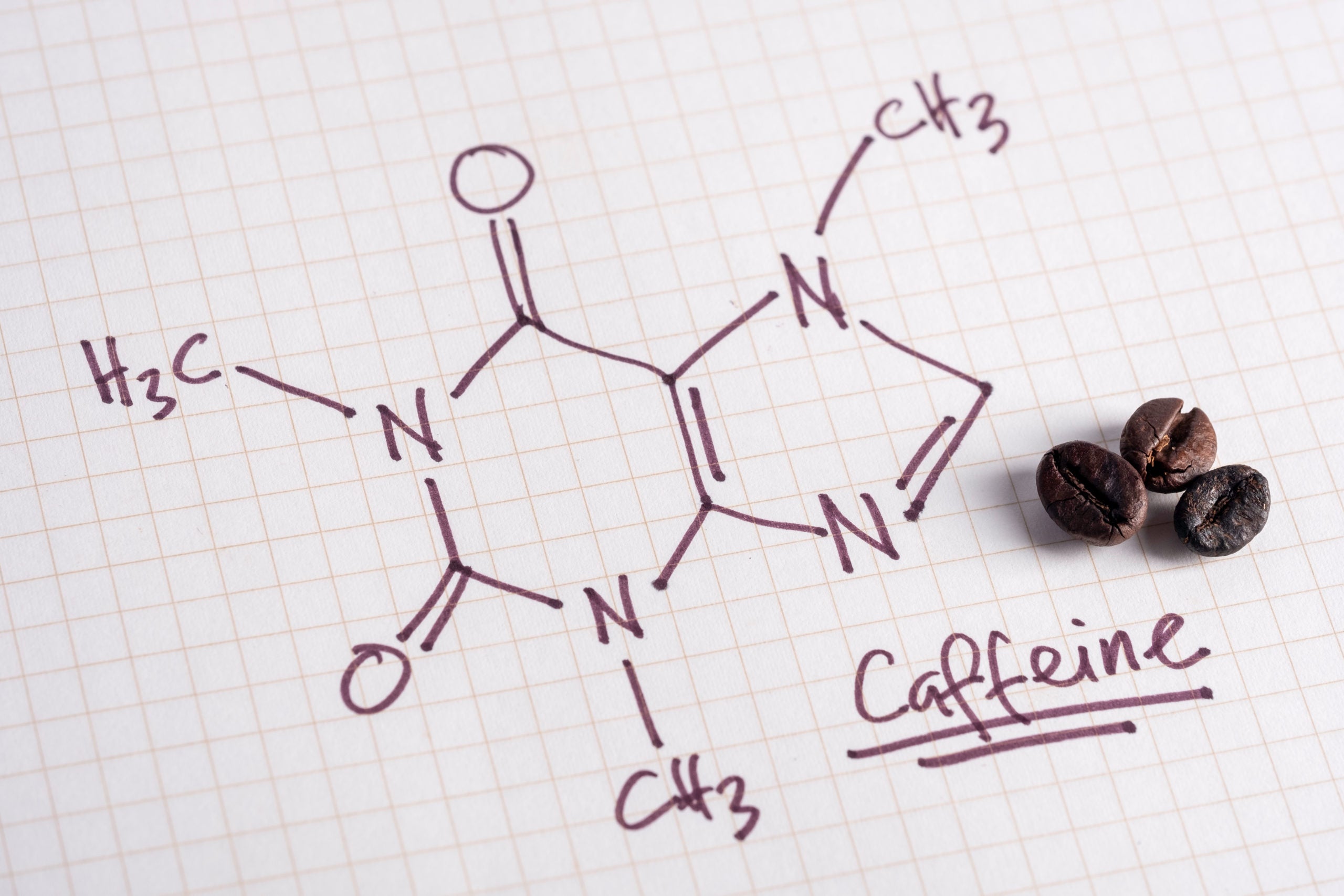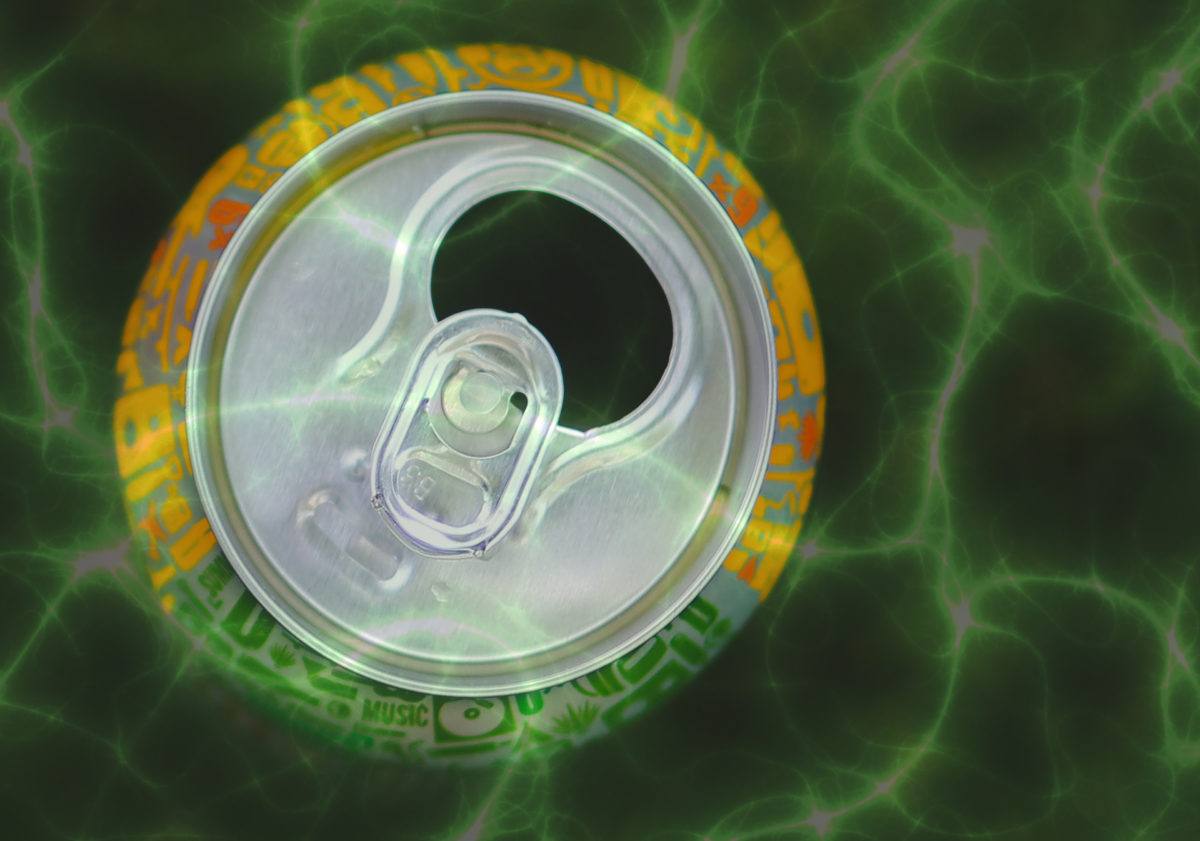Plain water is the best hydrating beverage for most people, but sports and energy drinks are advertised to appeal to those who exercise or need a boost of energy to get through the day.
Though sometimes confused with sports beverages, energy drinks are a different product entirely. They are marketed to increase alertness and energy levels, containing significant amounts of caffeine and as much or more sugar as in soda. Many energy drinks pack about 200 mg of caffeine, the amount in two cups of brewed coffee. Other substances purported to increase energy may be added, like B vitamins and herbs such as ginseng and guarana. Most concerning is a lack of regulation about the safety of these drinks, as well as aggressive marketing tactics geared toward adolescents. [1] The Centers for Disease Control and Prevention reported that in 2007, 1,145 adolescents ages 12 to 17 went to the emergency room for an energy drink-related emergency. In 2011 that number climbed to 1,499. [2]
After water, sugar is the main ingredient in energy drinks. A nutritional comparison shows that a 12-ounce cola drink contains about 39 grams of sugar, 41 grams of sugar in an energy drink. Research has found that consuming high-sugar drinks of any kind can lead to weight gain and an increased risk of type 2 diabetes, cardiovascular disease, and gout.
Because of the amount of sugar and stimulant ingredients, there is concern that these beverages may not be helpful, and even worse, harmful to adolescents and people with certain health conditions.
Energy Drinks and Health
Sipping a beverage that offers quick energy may appeal to people who feel fatigued or who believe the caffeine can provide an edge when exercising or playing competitive sports. Although statements on the websites of energy drinks warn that these beverages may not be suitable for children, youth are among their largest consumers. An energy drink may be used by adolescents or college students cramming for exams through the night, or by a young athlete before an important game. While it is true that some controlled trials have shown temporary improved alertness and reversal of fatigue after taking energy drinks, as well as enhanced physical performance in young athletes, the majority of studies show an association with negative health effects. These include increased stress, aggressive behaviors like fighting, alcohol/cigarette abuse, increased blood pressure, increased risk of obesity and type 2 diabetes, poor sleep quality, and stomach irritation. [1]
A typical energy drink may contain the following: carbonated water, around 40 grams of sugar (from sucrose and/or glucose), 160 mg or more of caffeine, artificial sweetener, and herbs/substances associated with mental alertness and performance but that lack scientific evidence with controlled trials (taurine, panax ginseng root extract, L-carnitine, L-tartarate, guarana seed extract, B vitamins).
Special concerns with energy drinks:
- Amplified negative health effects in adolescents. Children and teens may experience heightened effects from the high amounts of caffeine, added sugars including high fructose corn syrup, low-calorie sweeteners, and herbal stimulants, partly due to their smaller body size. [3]
- Marketing tactics towards youth. Estimates show more than a 240% increase in U.S. and worldwide sales of energy drinks. It is a $21 billion industry, with marketing campaigns targeting youth and being sold in places that are easily accessed by this age group. [1,4] Youth are exposed to energy drink advertising on children’s websites, computer games, television, supermarkets, and sporting events. [5] Research has shown that adolescents lack maturity in key areas of the brain and are more likely to engage in risk-taking behavior, making them vulnerable to risky behaviors sometimes portrayed in energy drink marketing. Youth are attracted to energy drinks due to effective marketing, influence from peers, and lack of knowledge about their potential harmful effects. [4]
- Negative health outcomes. Emerging evidence has linked energy drink consumption with negative health consequences in youth like risk-seeking behaviors, poor mental health, adverse cardiovascular effects, and metabolic, renal, or dental problems. [1]
- Excessive caffeine. Too much caffeine from any beverage, particularly when several are taken in one day in sensitive individuals, can lead to anxiety, insomnia, heart problems like irregular heartbeat and elevated blood pressure, and in rare cases seizures or cardiac arrest. Some energy drinks may contain as much as 500 mg per can (the amount in 14 cans of cola). [4.6]
- High sugar content. Because of the excessive sugar content in some energy drinks, they carry the same health risks associated with other sugar-sweetened beverages. See Sugary Drinks.
- Dangers with alcohol. A greater danger is introduced if energy drinks are combined with alcohol, a trend largely seen in underage drinkers and associated with binge drinking. Studies suggest that drinking this type of cocktail leads to a greater alcohol intake than if just drinking alcohol alone. This may be because energy drinks increase alertness that masks the signs of inebriation, leading one to believe they can consume even more alcohol. [1] In case reports, high consumption of energy drinks—especially when mixed with alcohol—has been linked to adverse cardiovascular, psychological, and neurologic events, including fatal events. [2]
- Lack of regulation. The Food and Drug Administration (FDA) does not regulate energy drinks but enforces a caffeine limit of 71 mg per 12 ounces of soda; energy drinks typically contain about 120 mg per 12 ounces. However, energy drink manufacturers may choose to classify their product as a supplement to sidestep the caffeine limit. For companies that classify their energy drinks as beverages, the American Beverage Association published voluntary guidelines that advise accurate listings of caffeine content, restriction of marketing to children, and reporting of adverse events to the FDA. However, compliance to these guidelines has been found to be low. [1]
- Athletic performance. Caffeine is the primary ingredient in energy drinks shown in adults to enhance physical performance by increasing endurance and strength, improving reaction time, and delaying fatigue, though the effects are highly variable among persons. (6) These effects have not been studied in children and adolescents. There is a risk of caffeine abuse or toxicity in youth, so the American Academy of Pediatrics recommends a limit of less than 100 mg caffeine daily for ages 12-18 years. [1]
- The International Society of Sports Nutrition (ISSN) issued a position statement on energy drinks after analyzing their safety and efficacy. (8) They concluded that consuming energy drinks 10-60 minutes before exercise can improve mental focus, alertness, anaerobic performance, and endurance in adults, largely through the effects of caffeine. However, other ingredients in these drinks require more study to demonstrate their safety and effects on performance. ISSN cautioned that higher-calorie energy drinks can lead to weight gain, and that their high glycemic load could negatively affect blood glucose and insulin levels. They discouraged use of energy drinks for children and adolescents unless under careful parental monitoring, and for people with diabetes or cardiovascular disease who could be negatively affected by the stimulant ingredients.
- The American Academy of Pediatrics’ Committee on Nutrition and the Council on Sports Medicine and Fitness encourage pediatric health care providers to discourage the use of and discuss potential health risks of stimulant ingredients in energy drinks with youth and parents, and to limit or avoid sugar-sweetened beverages of any kind in youth due to risk of excessive calorie intake and weight gain, as well as dental erosion. [7]
Bottom Line
Water that is calorie-free and accessible without cost to most people is the beverage of choice taken with and between meals. Energy drinks are a source of caffeine that people may choose as an alternative to coffee or tea. However, they also contain high amounts of sugar, vitamins, and herbs that may not be necessary for the average person. Energy drinks can pose a health risk in vulnerable groups including children, teenagers, pregnant women, and those with medical conditions like diabetes and cardiovascular disease. Adults who choose to consume energy drinks should check the label for caffeine content and avoid high consumption (over 200 mg of caffeine per drink); consumption in combination with alcohol should be avoided. [9] Pediatricians should discuss the use of energy drinks with their young patients and parents to ensure that all are aware of the health risks, and if used, are monitored carefully. [7]
Related

Caffeine
Last reviewed July 2020
Terms of Use
The contents of this website are for educational purposes and are not intended to offer personal medical advice. You should seek the advice of your physician or other qualified health provider with any questions you may have regarding a medical condition. Never disregard professional medical advice or delay in seeking it because of something you have read on this website. The Nutrition Source does not recommend or endorse any products.
